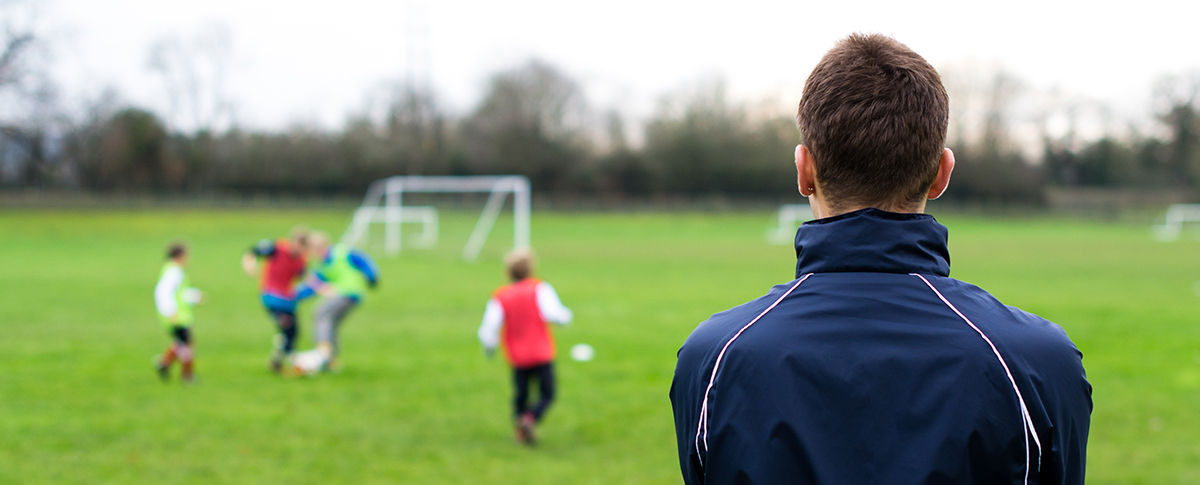
Bullying Prevention: Changing our Language, Modeling Empathy
Rebecca Wenrich Wheeler – MA, MEd, CSAPC
Preventing bullying behavior among youth begins with adults. Recognizing the impact of language, school climate, and adult modeling are foundational to bullying prevention.
Language describing bullying behavior influences our perceptions on the preventable nature of bullying. The term anti-bullying is often misused when someone actually means bullying prevention. While, yes, we are against bullying, the term anti-bullying is reactive, as if bullying behavior is inevitable and unable to be prevented. All we can do is react when it happens. Prevention involves a shift in mindset, moving from reactive to proactive thinking.
The Youth Truth Survey is a national non-profit that researches bullying trends across the country. According to the survey, bullying rates vary widely across schools, with some reporting a low of 12% bullying and others a high of 59%. This data highlights the potential for preventing bullying behaviors, as the experiences students have in one school might be vastly different than students in another. The Youth Truth Survey reports the highest bullying rates in majority white schools; whereas, schools with more equally proportioned numbers of ethnic groups report lower bullying rates. Additionally middle school students report being bullied at higher rates than high school students (39% vs. 27%). “Understanding the range of student experiences across different campuses can help prioritize resources and interventions where they are needed most,” (YouthTruth).
Adults should avoid labeling youth as “bullies” and “victims”, as these labels tend to remain fixed and emphasize the false idea that bullying behavior is inevitable. According to stopbullying.gov when youth are labeled in these terms it may:
- Send the message that the child’s behavior cannot change
- Fail to recognize the multiple roles children might play in different bullying situations
- Disregard other factors contributing to the behavior such as peer influence or school climate
Instead of calling a youth “bully” use “the youth who bullied”, and rather than calling a youth a “victim” say “youth who was bullied” (stopbullying.gov).
 Next, promoting a positive school climate has been shown to decrease bullying behavior among youth. The National School Climate Center outlines five characteristics of a positive school environment:
Next, promoting a positive school climate has been shown to decrease bullying behavior among youth. The National School Climate Center outlines five characteristics of a positive school environment:
- Norms, values, and expectations that support people feeling socially, emotionally and physically safe.
- People are engaged and respected.
- Students, families, and educators work together to contribute to a shared school vision.
- Educators model and nurture attitudes that emphasize the benefits and satisfaction gained from learning.
- Each person contributes to the care of the school and physical environment.
Promoting a positive school climate begins by training both students and staff. Identifying and training student leaders to promote positive prosocial behaviors will help establish the social norm that bullying behavior will not be tolerated (Notar & Pagett, 2013). Teachers have reported lacking skills to effectively handle bullying behavior, and increased anxiety when they must do so (Notar & Pagett, 2013). Helping teachers learn how to recognize verbal and passive bullying and intervene properly will help prevent bullying behaviors from escalating. Additionally, training teachers to “manage student social dynamics and handle aggression with clear, consistent consequences will not only promote academic success, but also build relationships, trust, and a sense of community” (as quoted in Notar & Pagett, 2013). Also, teaching social skills helps to decrease bullying behavior. For instance, help the youth who was bullied determine if their reactions could be making the bullying behavior worse, for example crying in front of the youth who is the bully or walking a particular route home without a buddy (SAMSHA). Children who bully might need to increase problem-solving and anger management skills, or help “resisting the peer pressure to bully”, (SAMSHA).
Parents also play a role in preventing bullying behavior by modeling empathy, respect, and kindness toward others. Parents first model how to treat others by how they treat their own children. “When kids know they can count on their parents and caregivers for emotional and physical support, they are more likely to show empathy to others,” (Ellis, 2016). In addition, children are more likely to mimic a behavior if they see the behavior positively reinforced (Rymanowicz, 2015). When a negative behavior is rewarded over a positive behavior, the negative behavior is reinforced. For instance if a child hears an adult making a racial slur, and another adult laughs, what has the child learned? In contrast, what if the child hears the second adult calmly respond that the slur was offensive and ask the person to not use that language? Parents should help their children recognize biases and stereotypes and be able to talk about the negative feelings that surround those issues (Ellis, 2016)). When parents model conflict resolution and anger management, children will increase their capacity to handle similar challenges in their own life.
Works Cited
Ellis, R. (2016, November 09). How To Keep Children From Modeling Aggressive Adult Behavior.
Notar, C. E., & S. P. (2013). Adults Role in Bullying. Universal Journal of Educational Research,1(4), 294-297. doi:10.13189/ujer.2013.010403
Rymanowicz, K. (2015). Monkey see, monkey do: Model behavior in early childhood.
SAMSHA. The Role of Socializing Adults in Bullying Prevention. Retrieved October 11, 2018.
YouthTruth Student Survey. Retrieved October 11, 2018.
Teacher Resource: The Role of Socializing Adults in Bullying Prevention
We lack research on the role of socializing adults, other than parents and teachers, in preventing bullying and promoting healthy relationships among children and youth. This research gap reflects the previously held perspective that bullying is primarily a school problem. There is growing recognition that bullying can unfold in all of the contexts in which children and youth come together. There is a pressing need for research on the important role that other socializing adults play in promoting safe and healthy relationships.
The following guidelines for leaders working with children and youth have been developed based on the principles found here.
1. Lead By Example: Children watch adults’ behavior closely. If we model respectful and empathic behavior and positive conflict resolution strategies, then children are more likely to adopt similar behaviors in their peer relationships. On the other hand, if our interactions are critical, demeaning, or aggressive, how can we expect the children around us to behave any better? Think carefully about the words you choose and the way you behave.
2. Establish a Code of Conduct: Involve children and youth in developing a code of conduct about what they consider to be acceptable and unacceptable behavior during recreation activities. If children are responsible for creating a group policy around bullying, they are more likely to follow and enforce it with their friends. Post the code of conduct to remind children (and adults) about what will and will not be accepted in your organization.
3. Use Consequences that Teach: These are consequences that are designed to send the message that bullying is unacceptable while also providing support for children who bully to learn the skills and acquire the insights they are lacking. For example, a child who bullies may be asked to sit out of an activity and use that time to write a letter of apology or draw a picture of what it feels like to be bullied. Children who bully need help understanding the impact their behavior has on others. Read more methods here.

Featured Poe Program: #YouthCulture
Grade Level: Adults
Program Length: 2 hour workshop
The Poe Center’s #YouthCulture program is designed to empower parents and guardians by providing insight into the environment and culture around our youth. This 2 hour workshop explores how the developing adolescent brain shapes perceptions and behavior. All participants will receive a free packet of supportive materials and resources. Covered topics will include substance use, Internet safety, sexting, and healthy dating relationships. In addition we will explore ways to enhance parent-child communication.
Additional scheduling options consist of 90 minute modules:
1. Adolescent Brain Development and the Role of Social Media: Learn about current research on adolescent brain development and teen risk perception. Participants will also explore how a risk perception impacts a teen’s engagement with social media and Internet security.
2. Healthy Teen Relationships: Learn to recognize warning signs of unhealthy dating relationships and potential dating violence. In addition participants will learn current sexting statistics and trends as well as North Carolina laws.
3. Adolescent Brain Development and Addiction: Learn how early onset substance use affects the development of the adolescent brain and how substance use by teens might mask underlying mental health issues like anxiety and depression.
4. Navigating “The Talk”: Learn about resources and tools to assist you in developing and tailoring the talk with your teen about social media, teen relationships, and substance use.
Opioids 101
Learn about the growing concern of opioid use (prescription pain medicine and heroin) in our communities and how to recognize the risk factors, youth perception of risk, scope of the opiate problem, signs and symptoms, as well as action steps and resources to keep children from opioid use. Adults will receive relevant resources and information.
Find more information about #YouthCulture HERE!
